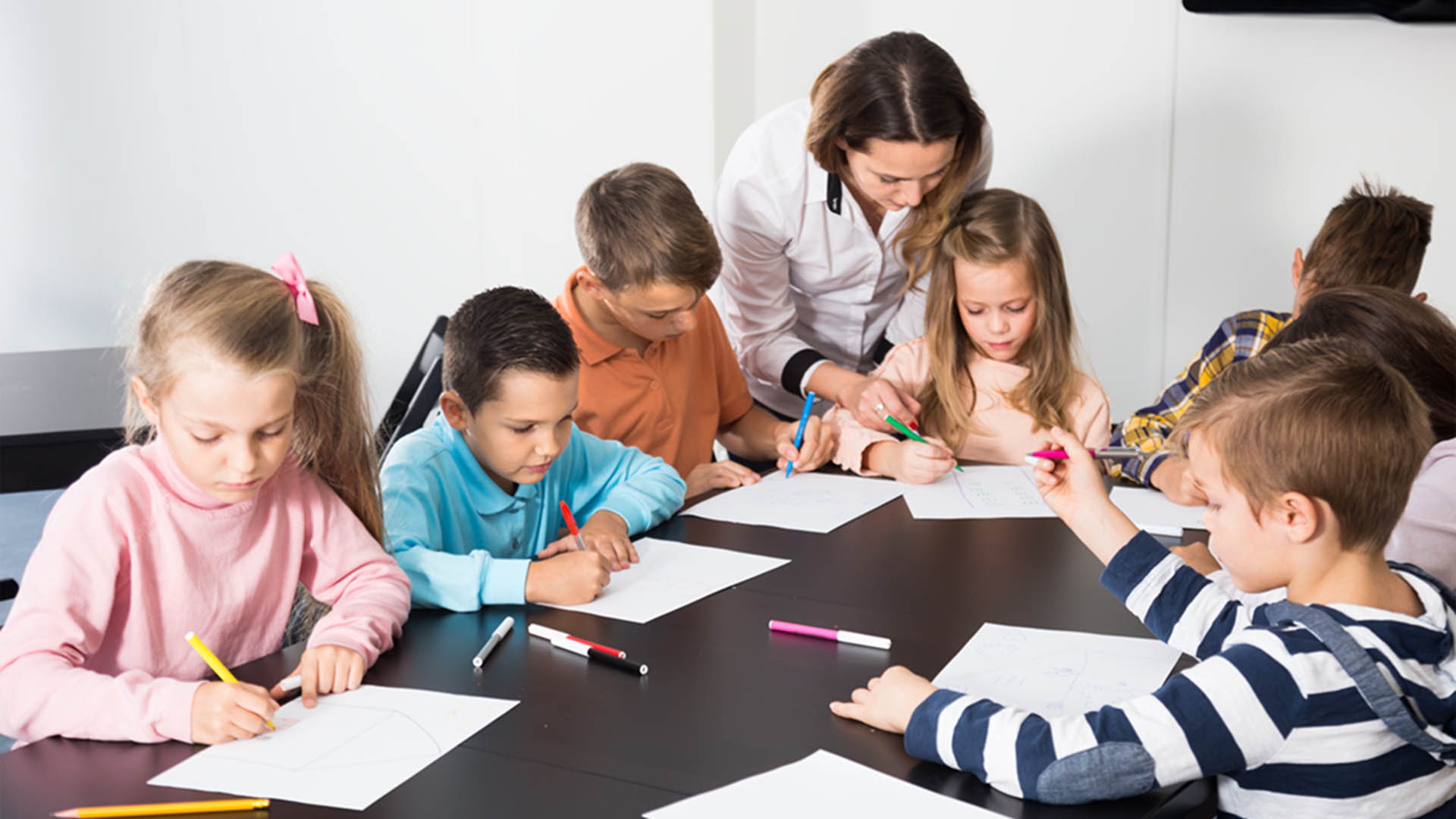The first thing that comes in mind when we think of supplementary material in class is the GOOGLE. How about going back in time when GOOGLE was not around? How about keeping the young generation connected with the trends of the previous century? Why not show them what an envelope looks like and how the Post Office in the street corner works? Wouldn’t it be interesting to see how a 21st century kid or teenager reacts to reading a paper magazine or some news outside the internet? Enough with the screen, let’s keep in touch with the paper. Let’s fill our classrooms with any type of paper: A4 white paper, colored paper, drawing paper, newspaper, cardboard boxes, even toilet paper!
By Sofia Mouka, EFL teacher, MA in Special Education
Here are some ideas for simple, easily organized activities that teachers of the past used in their lessons and might intrigue our students more than the Net.
- Writing a letter
Nowadays, youngsters cannot read the addresses on an envelope. They do not actually know where to write the sender’s and where the recipient’s address goes. “And why should they learn it?” You will ask. Of course, sending a letter or a card is considered if not obsolete, at least romantic. Let’s incorporate it in our curriculum as such. Let’s teach our students how people used to communicate before the invention of the internet.
The first address that comes in mind for a child to send a letter written in English is the North Pole, where Santa Clause lives. That is a great opportunity for a teacher to lure very young students to write a letter, but unfortunately, it only comes once a year. So, we need to think of some more occasions to have students write a letter and post it. That could be a native speaker pen pal, although that could possibly hide some traps since you can never be sure of how safe their communication can be. A person who is safe for a student to communicate with, and at the same time he/she can check and correct their language mistakes, is ourselves, their own teacher. Why not ask our students to send us a card from their vacation place during their summer holidays or a letter letting us know how they spend their day at home during Christmas?
- Creating and playing with word and picture flashcards
A white A4 printer paper can be the canvas for the students to draw the pictures of the new vocabulary they have just learnt. They can create their own picture and word flashcards and then pass them randomly to the other students and taking turns pop out the question: “I have the word “table”, who has the picture of the “table”?” This way, at the end of the activity all the pictures will be next to their word card and the students will have mastered the new vocabulary and the verb “to have”.
- Making a mummy
You will probably be wondering about the use of toilet paper in the classroom. Well, it can be quite useful in order to make a mummy: a student stands up in front of the class and the rest of them wrap him/her all around with the toilet paper turning him/her into a living mummy. This is an activity which kids really love and can be done not only during the Hallowing, when mummies can actually walk around the living people, but also when teaching the parts of the body vocabulary, having the students wrapping a specific part of the mummy’s body which is ether dictated or spelled by another classmate or even pulled randomly from a pile of word or picture flashcards.
- Role playing with authentic everyday material
Authentic material such as English magazines or newspapers, brochures, leaflets, or bus passes can bring EFL students in the everyday life of a native speaker, so they get the sense of reality in relation to the language taught. These can be used in a role play in which the students take the place of either the seller or the buyer or even the bus conductor who comes on a bus to check the passengers’ tickets. Especially real life role playing is every student’s favorite, no matter their age. As a teacher you will be pleasantly surprised to see your students improvising and taking the conversation one step further from what you would expect them to do.
- Making furniture out of empty cardboard boxes
The empty cardboard boxes could be transformed into any kind of furniture of any scale. Together with our students we can create doll house furniture and have fun teaching the relevant vocabulary. Apart from that, we can also create our own bookcase for the classroom and this way we teach students how to make good use of objects that are considered rubbish.
This activity can teach students not only language skills, but also life skills as they learn how to cooperate and work together with their classmates and their teacher producing a result which can satisfy them all. Every person will be responsible for a job they can perform well. Someone will draw the blueprint, another will cut the cardboard, another will glue the different parts and another will color the final product. There is work for everyone. They all feel productive and have fun. They’ll want to come to class and finish their furniture.
In conclusion, students seem to react better in a class where supplementary materials are applied so long as the materials used are age and level appropriate for each class. Our main priority as teachers is to get our students fully engaged in class. Once we achieve that, they will find English a lot easier and pleasant and will start producing the language even more effectively. A resourceful, imaginative, and creative teacher can break the monotony and enliven the classroom atmosphere. So, the learners can be cognitively engaged to use the language and retain it.
